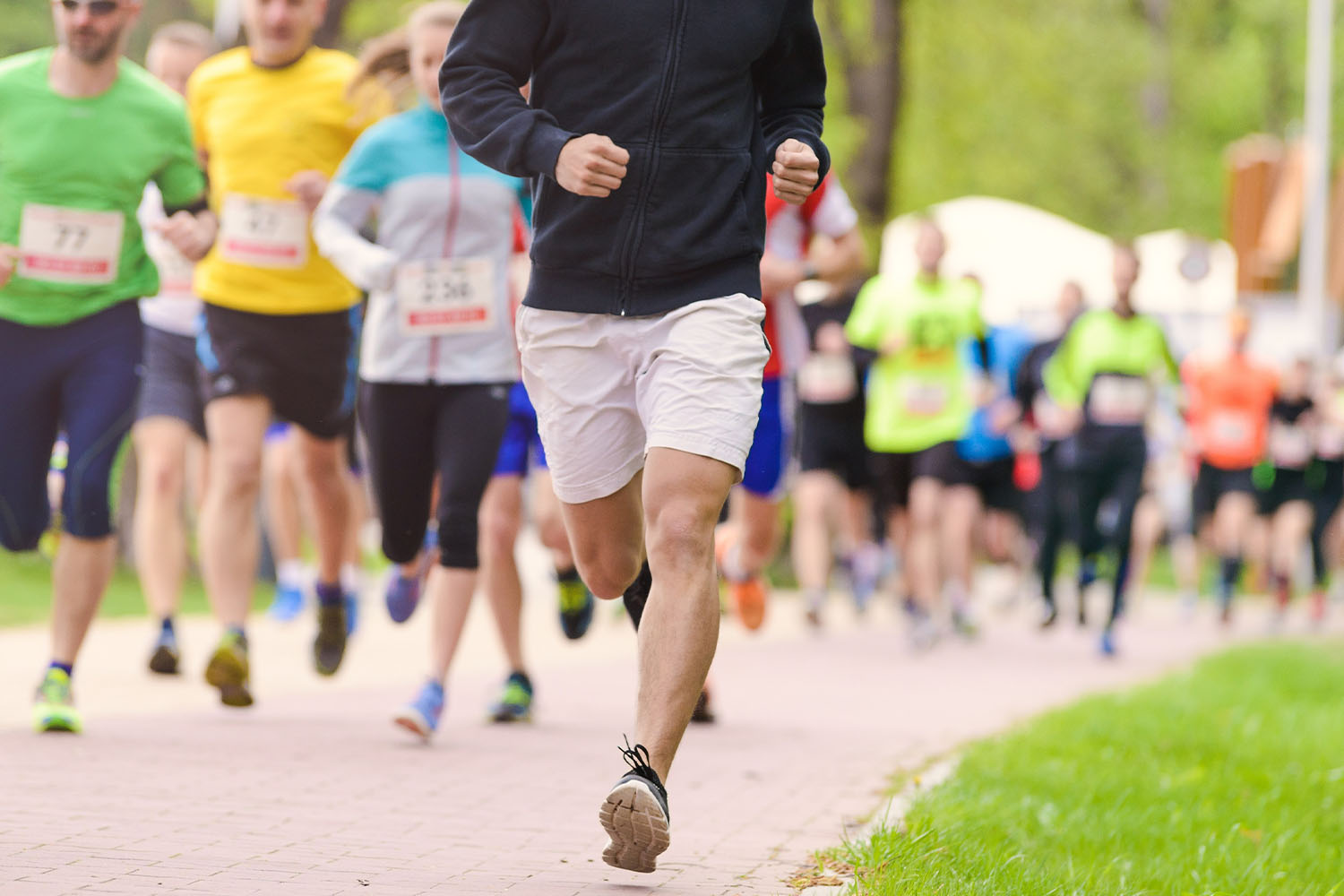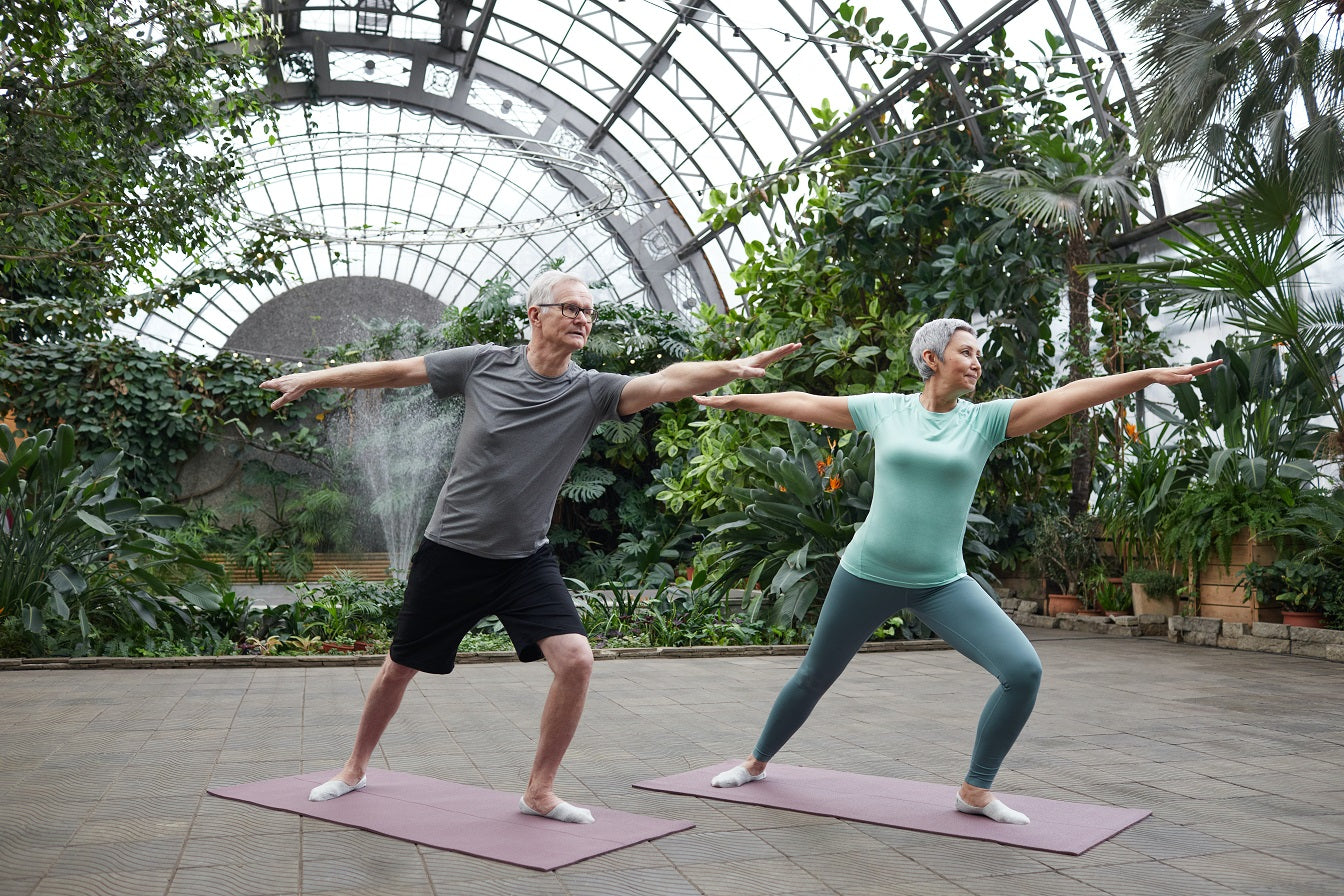Please note that this post is provided for informational purposes only and should not be taken as a substitute for medical advice. If you have concerns about an injury or any other medical issue, please speak to an appropriately qualified professional.
If you’re not feeling as young as you used to, that doesn’t mean you have to give up on physical activity. In fact, keeping active as you age is vital to maintaining good health and reducing your risk of many common illnesses and diseases. However, active older adults are also at increased risk of certain sporting injuries and following a few simple preventative steps can help to keep you safe.
It is normal for muscle mass to lessen and for muscle strength to weaken in later life. Flexibility can also reduce with age, and natural wear and tear on the body can result in damage to joints over time. All of this means that older adults can be more susceptible to certain injuries. Older bodies can also take longer to recover, meaning that it is likely to take you longer to bounce back from an injury at 60 than it did at 30.
Read on to learn about some of the most common and some easy steps you can take to reduce your risk.
The Most Common Sports Injuries in Older Adults

As we get older, our tendons and ligaments lose some of their elasticity. This naturally leads to a reduced range of motion and lower flexibility, which means that injuries involving over-stretching or tearing a ligament are very common. Strains and muscle tears are also common, with areas such as the knees, ankles, and shoulders being most at risk.
Experts believe that aging-related muscle loss can begin in the mid-40s, and even earlier in people who are very inactive. Overall, muscle mass can decline by as much as 10% after the age of 50. This can increase your risk of falls, which can cause bruising, fractures, or even bone breaks.
Other common injuries in active older adults include tennis elbow in those who play racquet sports, Achilles tendinopathy (pain and swelling in this tendon), and shin splints in those who run.
In the next section, we will share some easy preventative measures you can take.
Exercise Regularly and In a Variety of Ways

Understanding their elevated injury risk often leads older adults to reduce the amount of exercise they take or to cut out sports and strenuous physical activities altogether. However, this is a mistake. Keeping active is actually one of the absolute best things you can do to keep your body as healthy as possible for as long as possible.
Varying up your exercise routine can be a great way to lower your risk of injury. Instead of relying on one sport or kind of activity, aim to do a range of activities that work different muscle groups and challenge your body in different ways. Cardiovascular workouts, strength training, and stretching should all play a role.
Warm Up and Cool Down Properly

Warming up eases your body into exercise and reduces the risk of injury caused by going too hard, too quickly. Muscles are much more prone to injury when they are not properly warm, so adding just a few extra minutes to your warmup can make a huge difference.
Similarly, cooling down allows your body to recover gradually from the exertion of exercise, returning your heart rate to normal and giving you the opportunity to stretch out your muscles. Aim to spend five to ten minutes cooling down depending on the intensity of your workout.
Use Compression-Free Recovery Wear

Incrediwear’s compression-free recovery garments are designed to help people of all ages to stay fit and injury-free. Our unique technology works alongside your body’s own sophisticated systems to aid recovery, speed up healing from injuries, and ensure you can stay healthy and active for as long as possible.
Check out our best-selling knee sleeves, ankle sleeves, and elbow sleeves, all of which can be worn both during and after exercise.
Get a Regular Physical

A regular medical screening can help to identify any potential problem areas before they cause injury. Your doctor will be able to assess your overall state of health, flag up any concerns, and advise you on additions or modifications to your exercise regime that are suitable for your age, fitness level, and goals.
If you do sustain an injury, talk to a qualified professional such as a doctor or physiotherapist as soon as possible. Some injuries will get better on their own, but others require specialized treatment and your practitioner will be best placed to advise you.
Read more

As of 2019, research showed that around 60% of US children aged 6 to 12 participated in a team sport at least once per year. Many of those young people play far more often than that, participating ...

When you plan to run a marathon, you make a large but very admirable commitment, as running 26.2 miles is no easy feat. Marathon runners must follow a rigid training program to prepare for the inte...






Leave a comment
All comments are moderated before being published.
This site is protected by hCaptcha and the hCaptcha Privacy Policy and Terms of Service apply.